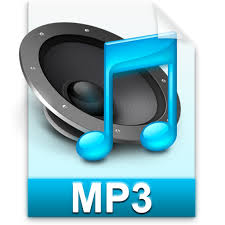You’ve probably heard a lot about metadata. Metadata is “hidden” data in computer files that “tags” a file with certain identifying information. For example, you may have heard the word used in discussions in the media about metadata associated with digital recordings of phone conversations. Metadata formats are different for different types of files. This article is about music file metadata. As I have written about before, having the correct metadata associated with your music files is extremely important.
Metadata, also referred to as ID3 tag for mp3 files, is the identifying information associated with your song, such as the
- composers
- performers
- song title
- title of the album on which it was released
- year released
- track number
- genre
- album art
- lyrics
- producer
- and so much more
Metadata appears in iTunes when you load up your music track – hopefully instead of the dreaded “Unknown Artist: and “Track 1”. Metadata has nothing to do with the file name of the mp3, it’s information that you need a music player or special editor to view and/or change. Metadata is important for the following reasons:
- You want your name to show up in the key music databases, Rovi/Allmusic and CDDB/Gracenote as associated with that track. This is important because any music professional will use those databases to check you out and verify your claim to authorship or performance credit.
- If you plan to license your music for use in film or TV, it’s important that the use of your song(s) can be tracked for royalties, and metadata is how that is done. Your metadata must be entered properly in the publisher’s database in order for your royalties to be paid to them and to you. You probably will be giving the publisher a wav file at some point, but mp3s are often used for pitching your song, such as for sites like MusicXRay or TAXI.
- If you want to join NARAS, the Recording Academy (I wrote about the Grammy submission process as well as some of the less obvious benefits of belonging to the Academy earlier this year), you need credits on 12 released songs listed in the Allmusic database (either as a songwriter or performer).
- If you submit your music to a reviewer or to a terrestrial or internet radio station. Whether you are working with a PR agency or going direct, your electronic press kit should contain mp3s of your songs that have the correct metadata, including album artwork.
Once your mp3 song file is properly tagged, the song can be uploaded to either the Allmusic or CDDB music databases and will link you by name directly to those music files. I wrote a post about uploading your music metadata to the CDDB database, which is pretty easy. Uploading to Rovi/Allmusic is a bit more complicated and involves sending in a physical CD.

